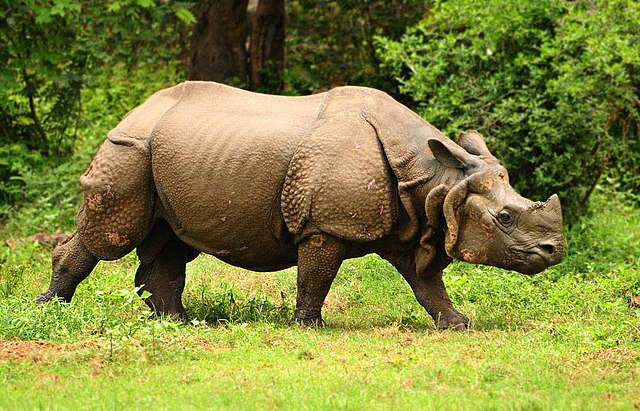In the realm of wildlife, few creatures command awe and admiration like the rhinoceros. With their imposing presence and remarkable characteristics, these majestic beings stand as a testament to the incredible diversity of life on our planet. Beyond their iconic appearance lies a wealth of intriguing facts and poignant conservation narratives that demand our attention.
Among the remarkable diversity of rhinoceros species, five distinct ones hold their own unique place: the white rhinoceros, the black rhinoceros, the Indian rhinoceros (or greater one-horned rhinoceros), the Javan rhinoceros, and the Sumatran rhinoceros. Each species carves out its own niche in the vast spectrum of Earth's ecosystems, showcasing distinctive traits that have evolved to suit their respective habitats.
1. White Rhinoceros: Despite their name, white rhinos are not actually white in color. They're known for their grayish hue and are further classified into Southern white rhinos and critically endangered Northern white rhinos.
2. Black Rhinoceros: These intriguing creatures possess a distinctive prehensile upper lip, which allows them to expertly grasp leaves, branches, and fruits. Solitary by nature, they have sadly fallen victim to rampant poaching.
3. Indian Rhinoceros: With their single horn and robust, armor-like skin, these rhinos are indigenous to the Indian subcontinent. Their remarkable recovery from the brink of extinction—from around 200 individuals at the turn of the 20th century to approximately 3,700 today—is a beacon of hope.
4. Javan Rhinoceros: The Javan rhino, one of the most endangered rhino species, clings to existence in a single national park on the Indonesian island of Java. This small population is a testament to the fragility of their situation.
5. Sumatran Rhinoceros: The smallest among the rhino species, they're distinguished by their coarse reddish-brown hair. Sadly, their numbers are dwindling, and their conservation status is one of critical concern.
Amid this intricate tapestry of species, a sobering truth emerges—three rhino species, namely the black rhino, Javan rhino, and Sumatran rhino, teeter on the precipice of extinction. A handful of Javan rhinos persist in a solitary national park on the northern tip of Java, Indonesia. Unfortunately, a mainland subspecies of the Javan rhino was declared extinct in Vietnam in 2011. However, glimmers of hope pierce through the shadows of despair. The greater one-horned rhino, also known as the Indian rhino, showcases one of Asia's most inspiring conservation success stories. Their population, once hovering around 200 at the beginning of the 20th century, has rallied to a heartening count of approximately 3,700. This remarkable feat has led to their reclassification from endangered to vulnerable, testament to the power of dedicated conservation efforts.
Yet, even in their triumphant strides, the greater one-horned rhino's journey remains fraught with challenges. The specter of poaching, driven by the lucrative trade in their horns, looms menacingly. Moreover, habitat loss and degradation further threaten their survival. These complex challenges underscore the urgent need for continued collective action to safeguard these magnificent creatures and their habitats.
